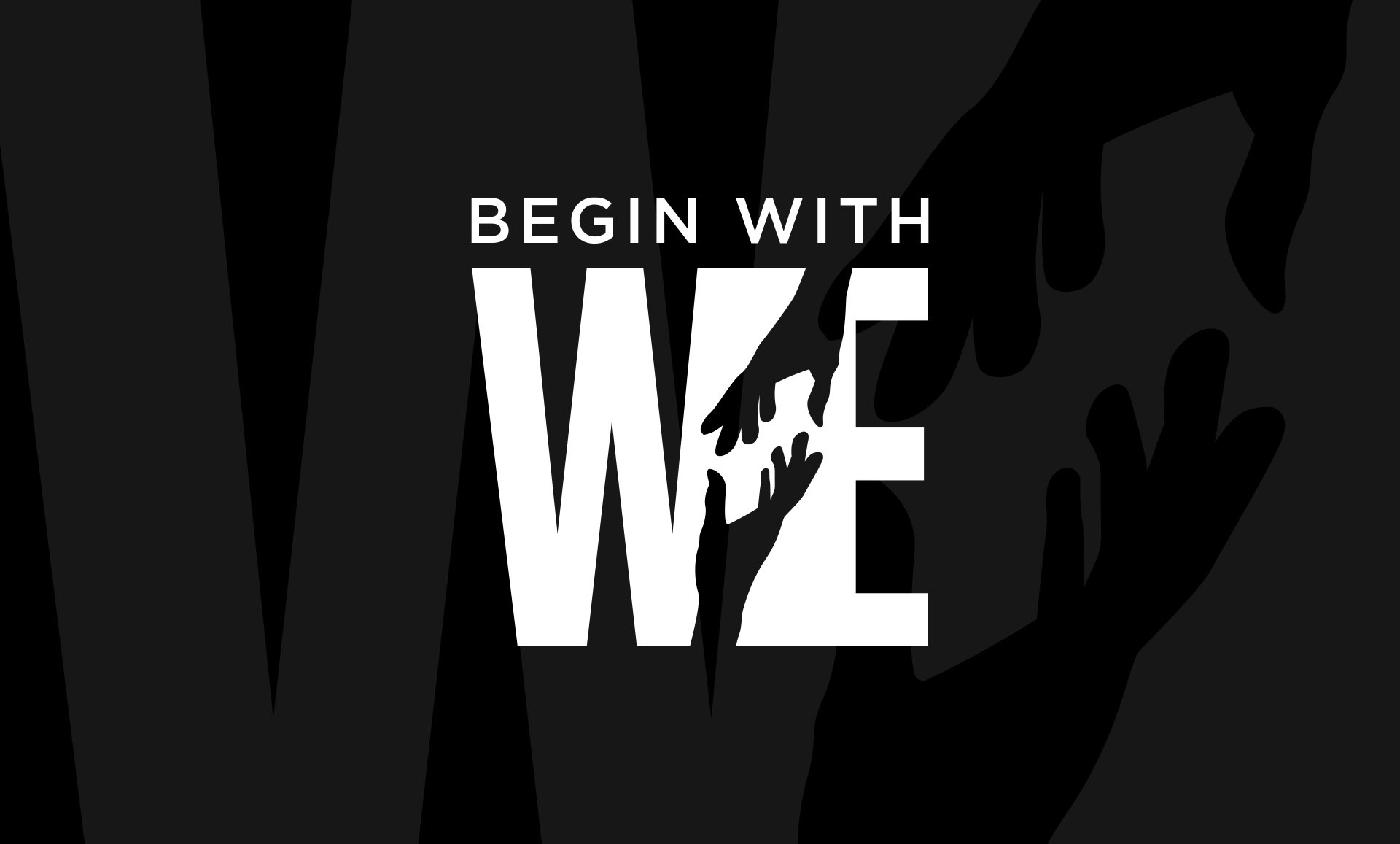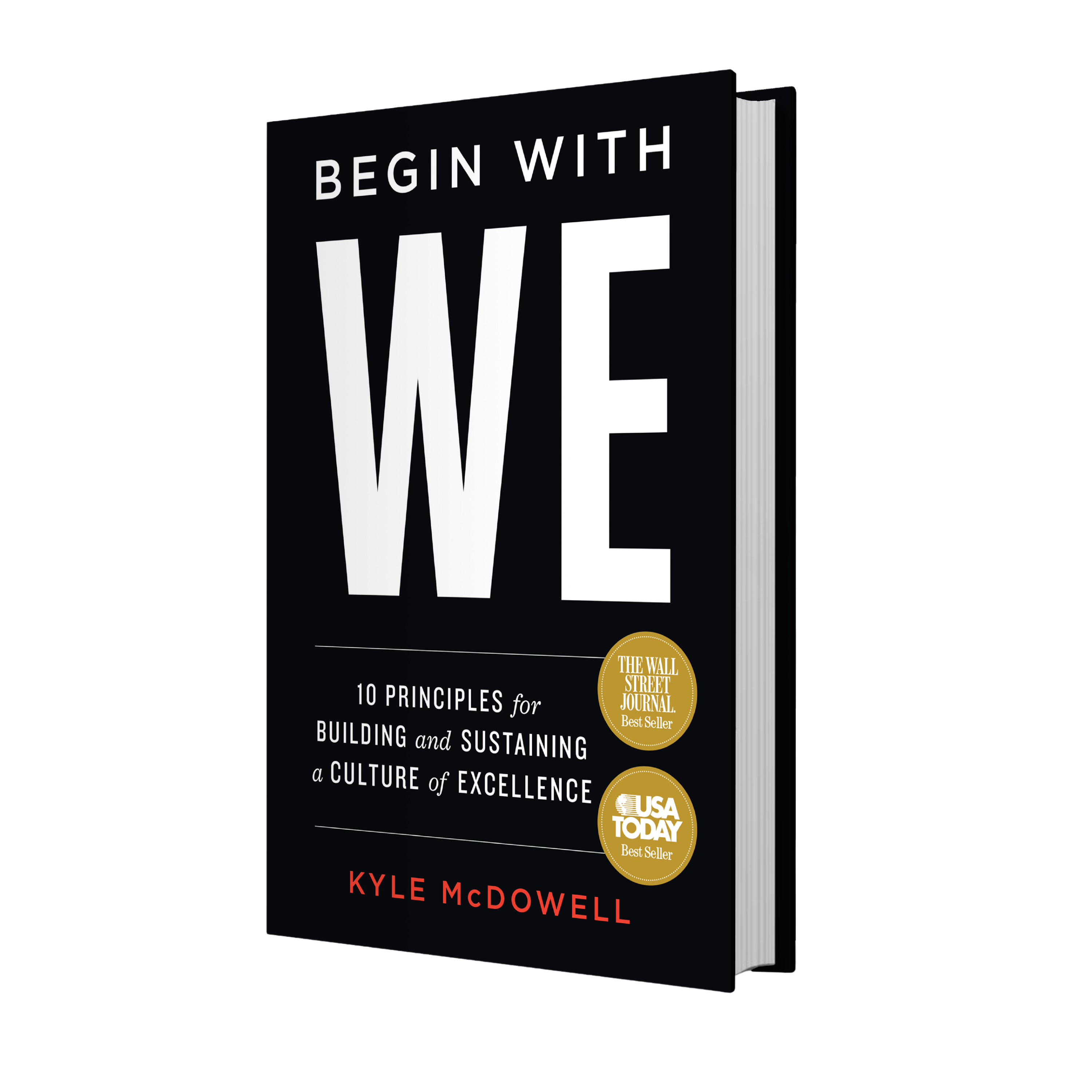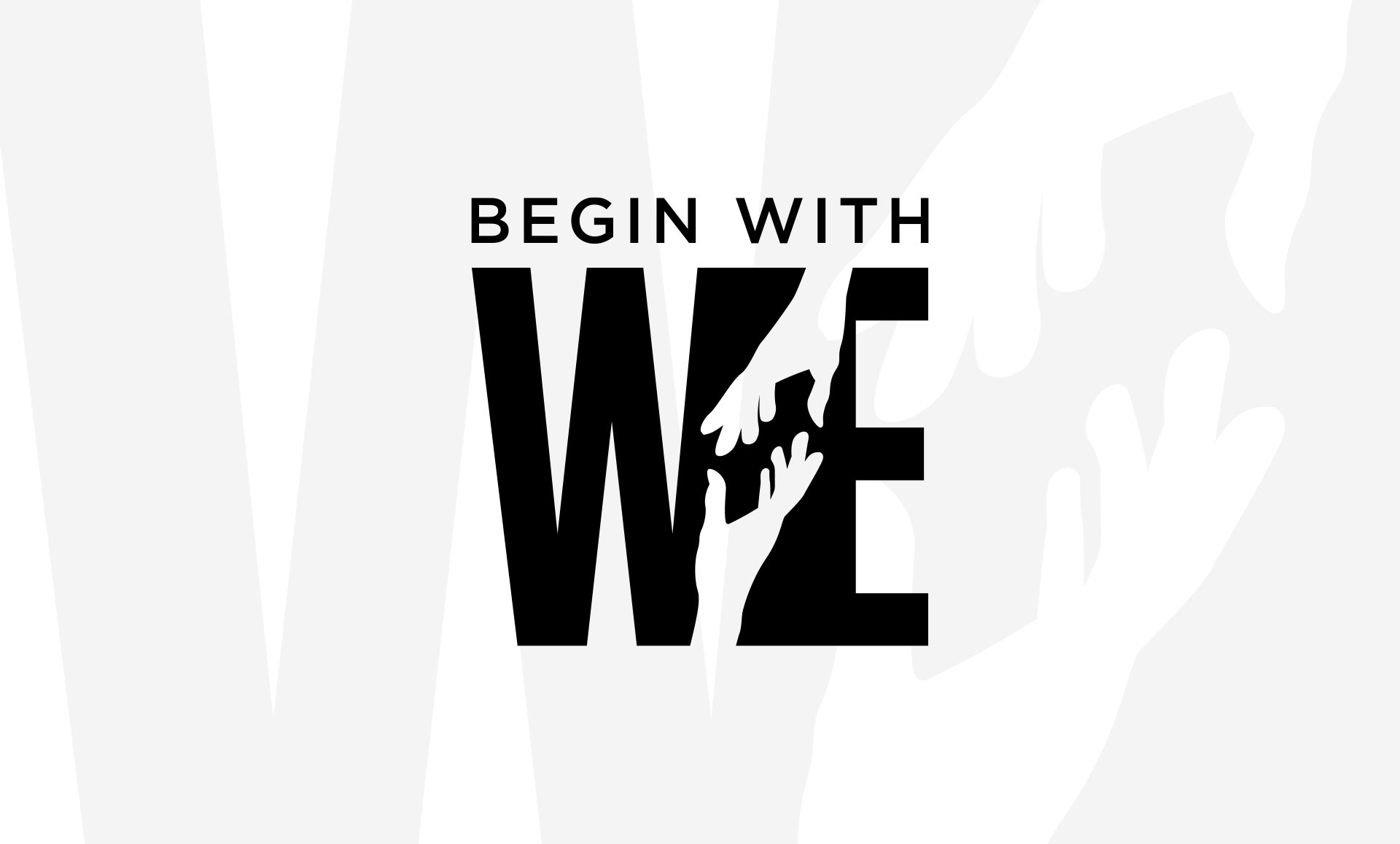There’s Hidden Danger in Measuring Your Team’s Activity Instead of Their Outcomes

The following is adapted from Begin With WE.
Early in my career, I ran a department that was responsible for producing and disseminating a bevy of production reports. It was during this time that I learned two important things about operational reporting.
First, the level of effort that goes into enterprise reporting can be astounding. Second, the number of people who don’t even read the reports—even custom reports designed specifically for them—is astonishing. It was clear that the activity required to design and deliver a huge percentage of those reports had very little, or nothing at all, to do with driving our outcomes.
This classic example highlights two typical problems that happen when an organization isn’t purposeful in policing its activities to ensure each and every one of them is connected to an outcome. First problem: the majority of the team’s activity is wasted time.
The second problem is related: since the team is engaged in useless activities, they are “too busy” to take on work that is connected to outcomes—work that would provide a greater sense of fulfillment and meaning to the team’s workday.
This, my friends, is not the recipe for building a culture of excellence. And that is why it’s so important to measure success by outcomes, not activity.
Outcomes, Activities, and You
Before we get too far, let’s align on some simple definitions for these two terms. Outcomes are generally measurable and are the end result; they represent the “what” in the equation. Activities are the tactics used to achieve the outcome; they represent the “how” in the equation.
Because everyone in Corporate America is so busy, when I start talking to people about this, I often see looks of confusion. Most folks appear to take exception to the idea that their busy day doesn’t exclusively drive outcomes. However, I like to frame it this way: outcomes are what the company delivers in order to make money. Customers don’t pay for the activity required to deliver the outcome.
Taking this bottom-line perspective is a helpful way to differentiate activity from outcome. However, I still get frustrated when activities are presented as outcomes in the workplace. This is where many go astray. They say, “I did this” or “I did that,” listing activities they’ve mistaken as outcomes.
They feel like their activity should be recognized on some level as an outcome. However, nothing’s been accomplished. Don’t tell me about your activity or busy work. Tell me about your outcomes.
Activities Are Important, Too
While it’s true that the customer doesn’t pay for (and usually doesn’t care about) the activity necessary to achieve an outcome, activities are indeed important, so long as they’re easily connected to an outcome. If you can’t draw a clear connection from an activity to a specific outcome, it’s probably not important. In fact, it’s probably getting in the way of something else that is directly connected to an outcome, which could use more time and attention.
Disclaimer: without question, exceptions exist—for example, activities related to maintaining compliance may not impact the customer directly but are still necessary. However, those are the exceptions that prove the rule. In most instances, if it doesn’t advance or add value to the company, the client, and/or the crew, it’s probably unnecessary activity.
If we agree outcomes matter most and activities are needed to enable those outcomes, why do so many cultures get it wrong? One of the main culprits for this comes from the fact that activities are generally easier to complete.
The sense of accomplishment that comes with completion has a way of bolstering the ego, making us feel as if we’ve added value. This makes sense but can’t be addressed without recognizing the other culprit: the temptation to shrug and say, “It’s just how we do things here.”
Lead the Paradigm Shift
When “activity equals productivity,” employees stop questioning the reason behind why they’re doing the activity in the first place. When activity is an end unto itself, it must be scrutinized. Otherwise, you’re wasting your team’s energy and exhausting their passion for their role.
Ideally, every activity, every meeting, every report, every QA check, etc. has a direct impact on outcomes. My earlier disclaimer regarding exceptions notwithstanding, the lion’s share of activity should directly connect to an outcome that advances the standing of the company, client, and/or crew.
Shifting the paradigm toward outcome-driven activity and away from activity for the hell of it requires a deliberate focus from you, the leader. Taking your team in that direction requires several intentional, focused strategies, the first of which is conspicuous communication.
Drive the shift by conspicuously driving conversations toward outcomes and having little tolerance for disconnected activity. Make “outcome-driven activity” part of the team’s vernacular. This level of explicit communication helps them help you.
The moral of the story: don’t allow the team to confuse activity required for an outcome with the actual outcome itself. How you manage your team’s activity, meetings included, is a game changer in terms of productivity and outcomes delivered.
Focus on Why
Conspicuous communication is a great first step, but you must also make it a point to evangelize the outcome paradigm. In other words, when focusing on outcomes, you must transparently, emphatically, and repeatedly espouse the “why” for every major assignment, explaining why that activity is meaningful.
Also, make sure you attend the “right” meetings—those where an outcome has been clearly articulated in the invite—and skip those with an ambiguous purpose. For both types of meetings, communicate why you’ve prioritized your time the way you have. This sends the message that you’re committed to working to get things done, not scheduling a meeting to discuss another meeting that has an agenda with no clear deliverable in sight.
In many cultures, “Let’s schedule a meeting” has become the de facto way to solve problems. But it doesn’t have to be this way. Don’t “kick the can” for a decision to be made. Doing so only creates more activity and delays the outcome.
Set Measurable Goals
Because outcomes are nearly always tangible, you should likewise set tangible, measurable, outcome-related goals for your team. This allows you to quantify results and focus on the finish line for each person.
The performance appraisal shouldn’t be full of happy-talk success criteria. Rather, each member of the team should have a review that includes a handful of tangible goals with quantified outcomes. Then it’s your job to get out of the way and let them deliver. In other words, don’t be prescriptive on how the team member delivers. Instead, be precise on what is delivered.
By definition, focusing on a finite number of quantified outcomes reduces the number of non-value-add activities. For me, having a short list of outcomes I must achieve during a given period pushes me to focus on the shortest path to get from here to there for each outcome. Setting measurable goals creates an expectation on where the effort should go and where it doesn’t need to go.
Manage the Milestones
It’s fairly easy to give your team members tangible, measurable goals with short-term activities. But the loftier or more complex a project or initiative, the more critical it is to conspicuously bifurcate activity from outcome. To do this, simply establish key milestones along the way to “launch.”
Tracking milestones is also important for sustaining motivation and momentum, which keeps morale high among your team. If you’ve established incremental milestones, the team has tangible, incremental progress to make and celebrate along the way. Being specific about the building blocks required to reach a long-term outcome inherently sets the team up for multiple opportunities for success.
It’s difficult to gauge the pace and trajectory of improvement if you haven’t established goals to track progress against the ultimate outcome. However, establishing outcome-oriented, incremental milestones helps you act short-term, even while you’ve strategized long-term. This also provides more opportunities to pass out a few prizes (not participation ribbons, mind you) that are legitimate rewards for significant accomplishments.
Celebrate Progress
Staying informed and up-to-date on progress also gives you the chance to celebrate with your team as incremental outcomes are reached along the way. Celebrating progress toward the ultimate goal helps your team sustain momentum and positive morale while running the marathon. Conspicuously recognizing the achievement of short-term outcomes further drives the paradigm shift from activity to outcomes.
The subliminal benefit: celebrating the achievement of milestones during ongoing initiatives reinforces the emphasis on outcomes over activity. If you’re consistently less excited about activity than you are about quantified outcomes, you’re setting the example for the team to operate in the same way.
The key is identifying the measurables to track and celebrate. That means choosing the right metrics to quantify progress toward or achievement of the goal. Wrong metrics cause more confusion than clarity.
Review Progress Regularly
Finally, you must plan to track progress. It’s irresponsible to sit back and wait until you cross the “finish line” to check for success. Schedule check-ins throughout the team’s journey and stick with them.
Regular check-ins show the team you care about their work, their goals, and their outcomes. When you’re invested in the team’s success, they care more too.
If the runway between strategy and final outcome is a long one, competing priorities and other initiatives might distract you from diligently driving these check-ins. Your team will take notice if they sense you’ve taken your eye off the ball. It’s human nature. And as a result, they are more likely to lose their focus as well.
The bottom line, stay diligent. By implementing the strategies described here, you can keep everyone’s focus on the desired outcomes. In doing so, you and your organization will reap the benefits that come when your team stops focusing on activities and, instead, begins to measure themselves by outcomes.
For more advice on how to shift from a focus on activity to a focus on outcomes, you can find Begin With WE on Amazon.
Kyle McDowell is an author, speaker, and leadership coach with nearly three decades of experience leading tens of thousands of employees at some of the biggest companies in the United States. With an MBA from the Kellogg School of Management at Northwestern University, Kyle is widely known for his inspiring approaches to transforming bosses into leaders and reshaping corporate cultures.

